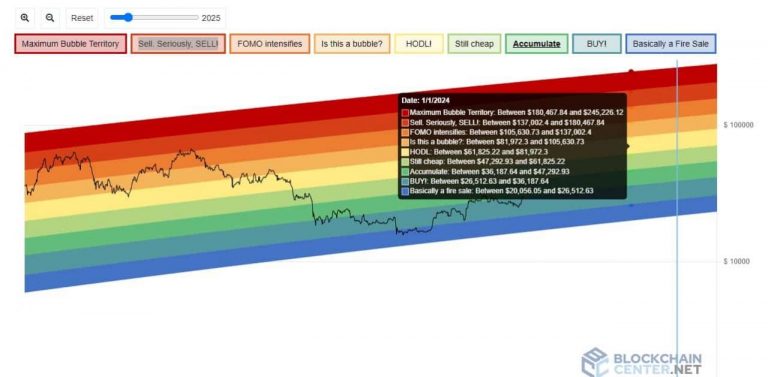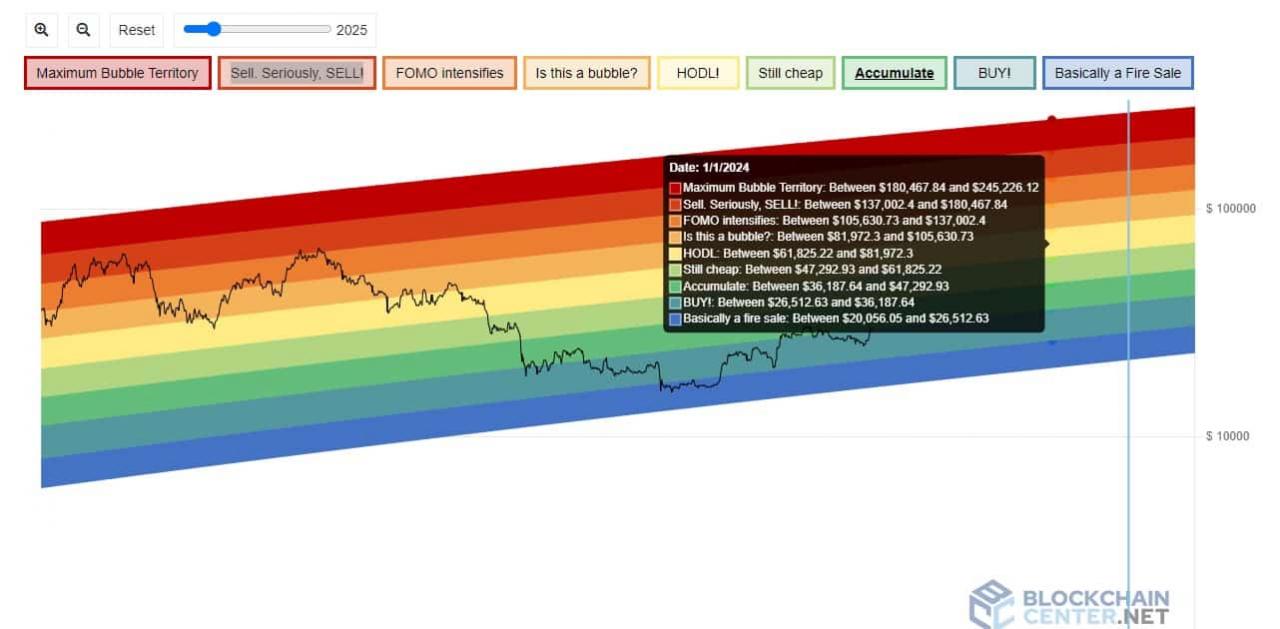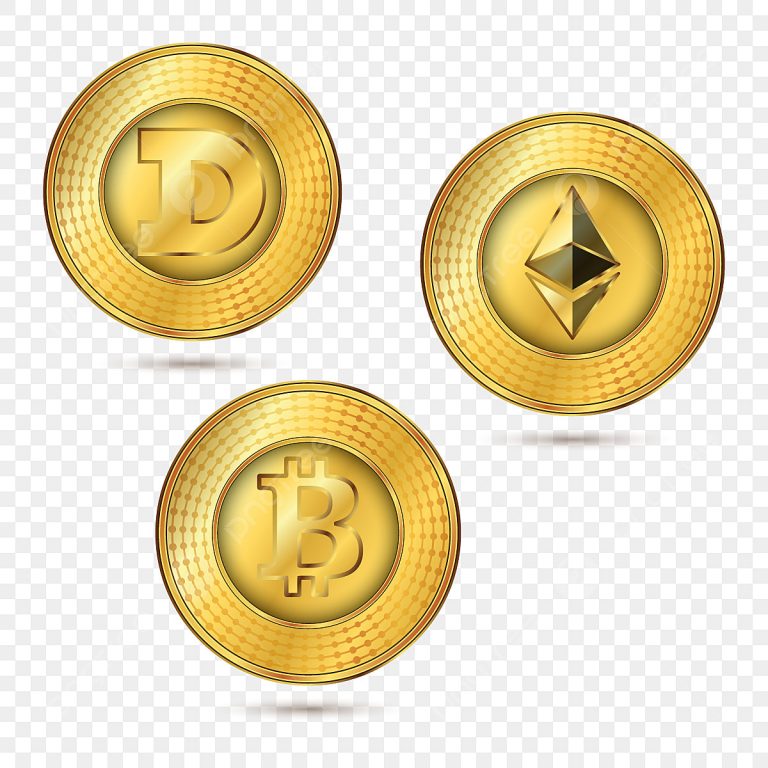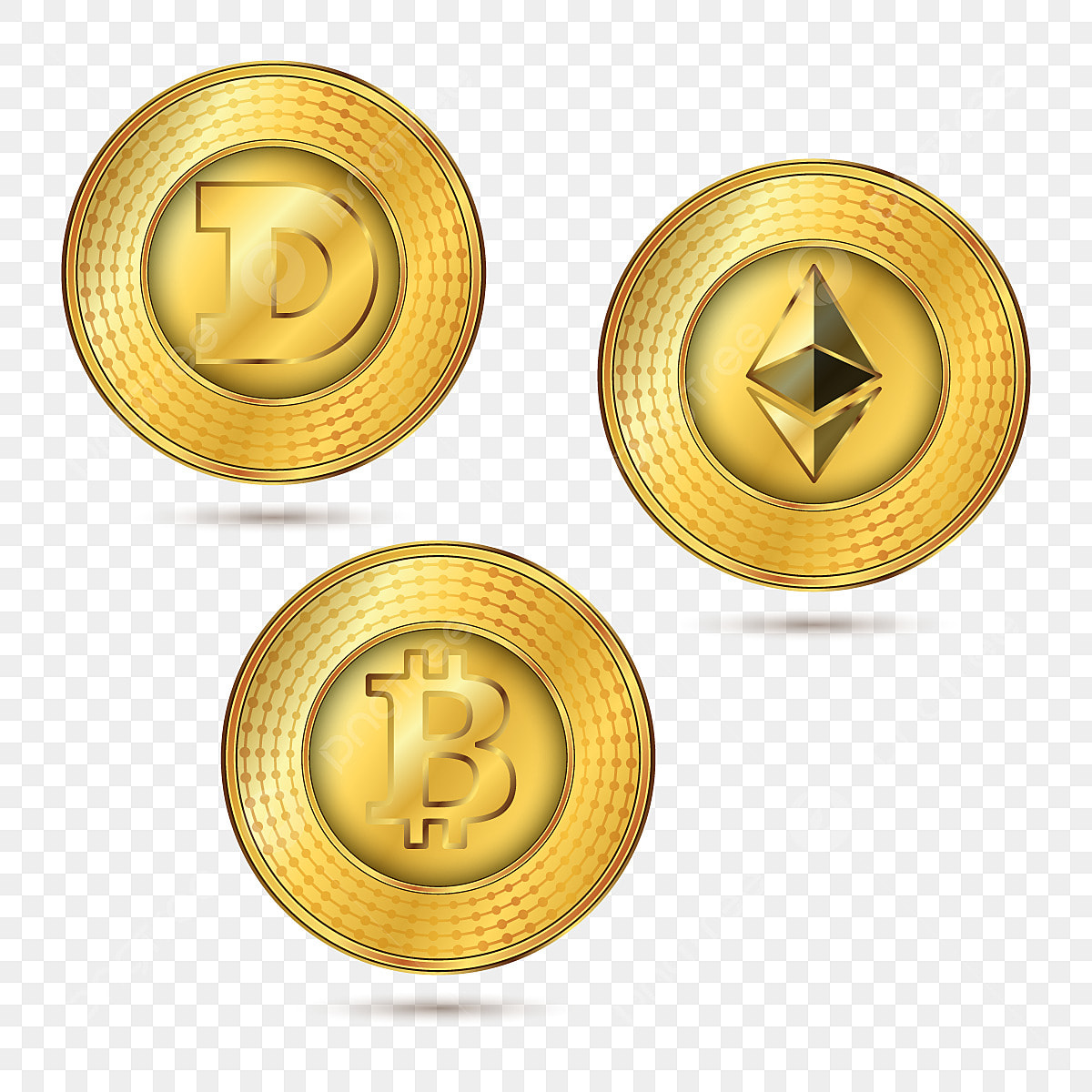Buy bitcoin with savings account is an intriguing concept that bridges traditional banking with the innovative world of cryptocurrency. As more people seek to diversify their investment portfolios, understanding how to leverage savings accounts for purchasing Bitcoin can open doors to new financial opportunities. In this discussion, we’ll delve into the mechanisms of Bitcoin and savings accounts, offering insights into their significance in today’s financial landscape.
We will explore the advantages of using savings accounts for buying Bitcoin, the step-by-step process involved, and the various platforms available for seamless transactions, making it easier for anyone to get started with cryptocurrency investments.
Understanding Bitcoin and Savings Accounts
Bitcoin has emerged as a revolutionary digital currency, capturing the attention of investors and financial experts alike. Its decentralized nature and potential for significant returns make it a unique asset in the financial market. Unlike traditional currencies, Bitcoin operates on blockchain technology, allowing for peer-to-peer transactions without the need for intermediaries. This has led to its increasing adoption as a store of value and a medium for transactions, influencing the way people think about money.Savings accounts are a staple of personal finance, providing a secure means for individuals to save money while earning interest.
Typically offered by banks and credit unions, these accounts allow customers to deposit funds, which are then safeguarded and available for withdrawal. Interest rates on savings accounts can vary, often ranging from 0.01% to 1.5%, depending on the institution and economic conditions. This interest accrues over time, providing a modest return on savings.
Benefits of Using Savings Accounts to Purchase Bitcoin
Utilizing a savings account for purchasing Bitcoin can offer several advantages, creating a more accessible path to investing in this digital asset. Here are some key benefits:
- Safety and Security: Savings accounts are insured by the Federal Deposit Insurance Corporation (FDIC) in the United States, ensuring that funds are protected up to $250,000. This security provides peace of mind when saving to invest in Bitcoin.
- Accumulating Funds: By using a savings account, individuals can gradually accumulate funds specifically designated for Bitcoin purchases. This approach enables disciplined saving without the temptation to spend savings elsewhere.
- Interest Earnings: Although the interest rates are relatively low, savings accounts still offer the opportunity to earn interest on deposits. This means that while saving for Bitcoin, you can also earn a small return on your savings.
- Liquidity: Savings accounts allow for easy access to funds when it comes time to purchase Bitcoin. This liquidity ensures that investors can act quickly in the volatile cryptocurrency market without delay.
Overall, the combination of security, savings potential, and ease of access makes using a savings account an effective strategy for those looking to invest in Bitcoin. This method not only prepares individuals for their investment but also instills a habit of saving that can benefit their financial health in the long run.
Methods to Buy Bitcoin with a Savings Account
Purchasing Bitcoin using a savings account has become increasingly popular due to its convenience and accessibility. This method allows individuals who may not have access to traditional banking options to invest in cryptocurrency. By leveraging your savings account, you can easily convert your funds into Bitcoin, providing a straightforward path for both new and seasoned investors.To buy Bitcoin with a savings account, you typically follow a simple step-by-step process that involves selecting a cryptocurrency exchange, linking your savings account, and completing your purchase.
Various platforms cater to this need, each with its own features and benefits. Below, we will discuss the different methods available for purchasing Bitcoin through a savings account.
Step-by-Step Process to Purchase Bitcoin
Here’s a detailed guide on how to buy Bitcoin using your savings account:
1. Choose a Cryptocurrency Exchange
Select a reputable exchange that allows the use of savings accounts. Popular options include Coinbase, Kraken, and Gemini.
2. Create an Account
Sign up for an account on your chosen exchange. This process usually involves providing your email, creating a password, and agreeing to the terms of service.
3. Verify Your Identity
Most exchanges require identity verification to comply with regulations. You’ll need to submit personal information such as your name, address, and Social Security number, along with a government-issued ID.
4. Link Your Savings Account
Navigate to the settings or payment method section of the exchange to link your savings account. You may need to provide your bank account number and routing number.
5. Deposit Funds
Initiate a transfer from your savings account to your exchange account. This may take a few days depending on the platform and your bank.
6. Buy Bitcoin
Once your funds are available, you can place an order to buy Bitcoin. You can choose to buy a specific dollar amount or a certain number of Bitcoins.
7. Secure Your Bitcoin
After purchasing, transfer your Bitcoin to a secure wallet for safekeeping, especially if you plan to hold it long-term.
Comparison of Different Platforms
When selecting a platform for purchasing Bitcoin with a savings account, it’s essential to compare features, fees, and user interfaces. Below is a comparison of some popular exchanges:
| Exchange | Fees | Security Features | User Experience |
|---|---|---|---|
| Coinbase | 1.49% for bank transfers | Two-factor authentication, insurance on holdings | User-friendly interface, mobile app available |
| Kraken | 0.16% for makers, 0.26% for takers | Cold storage, two-factor authentication | Advanced trading options, less user-friendly |
| Gemini | 0.50% on buy/sell orders | Insurance coverage, advanced security protocols | Intuitive design, excellent customer support |
This comparison highlights that while Coinbase offers a straightforward user experience, Kraken provides lower fees for active traders. Gemini stands out for its robust security features, making it ideal for those who prioritize safety.
Verification Process Required by Exchanges
The verification process is a crucial step that ensures the security and compliance of cryptocurrency transactions. Below are the typical requirements and procedures involved in verifying your identity on most exchanges:
Submission of Personal Information
Users must submit their full name, date of birth, and address to establish identity.
Government-Issued ID Verification
A valid ID such as a passport or driver’s license needs to be uploaded. Some exchanges may also request a second form of identification.
Proof of Address
A utility bill or bank statement dated within the last three months may be required to confirm your residential address.
Selfie Verification
Some platforms may ask you to take a selfie holding your ID to ensure it matches the uploaded documents.
Approval Time
The verification process can take anywhere from a few minutes to several days, depending on the exchange’s workload and the accuracy of the submitted information.Completing the verification process is essential for ensuring compliance with financial regulations and protecting against fraud. By following these steps, you can successfully purchase Bitcoin using your savings account with confidence.
Security Measures for Buying Bitcoin
When it comes to investing in Bitcoin, security should be a top priority. As more people venture into cryptocurrency, understanding the potential risks associated with purchasing Bitcoin is crucial. This section explores common security risks and offers strategies to secure your savings account and Bitcoin holdings effectively.
Common Security Risks Associated with Purchasing Bitcoin
Investing in Bitcoin is becoming increasingly popular, but it is not without its risks. Several security threats can arise in the process of buying Bitcoin, and recognizing these is essential for safeguarding your funds.
- Hacking Attempts: Cybercriminals often target exchanges and wallets to steal cryptocurrencies. If your savings account is linked to a compromised exchange, your funds may be at risk.
- Phishing Scams: Scammers may attempt to steal your login credentials through deceptive emails or websites that mimic legitimate services.
- Volatility: The price of Bitcoin can fluctuate wildly, leading to potential financial loss if not managed correctly.
Securing Your Savings Account During Cryptocurrency Transactions
To protect your savings account while buying Bitcoin, implementing stringent security measures is essential. Here are some effective strategies to enhance your security:
- Enable Two-Factor Authentication (2FA): Adding an extra layer of security ensures that even if your password is compromised, unauthorized access to your account is prevented.
- Use Strong Passwords: Create complex and unique passwords that are difficult to guess. Avoid using easily obtainable information.
- Monitor Account Activity: Regularly check your savings account for any unauthorized transactions or irregularities to catch potential threats early.
Importance of Using Secure Wallets
Secure wallets are crucial in the cryptocurrency ecosystem, providing a safe place to store your Bitcoin, which complements the security of your savings account. Using robust wallets protects your investment from various threats. Here’s why leveraging secure wallets is vital:
- Cold Wallets: These are offline wallets that store your Bitcoin away from the internet, making them less susceptible to hacking attempts.
- Multi-Signature Wallets: Requiring multiple signatures for transactions adds another layer of security, ensuring that no single user can access the funds without consensus.
- Regular Updates: Keeping your wallet software up to date ensures that you have the latest security features to protect against vulnerabilities.
Always remember, while the potential rewards of investing in Bitcoin can be significant, the associated risks necessitate a proactive approach to security.
Financial Implications of Buying Bitcoin
Investing in Bitcoin through a savings account can open up various financial avenues for individuals. However, it’s essential to weigh both the benefits and risks associated with this type of investment. By understanding the financial implications, investors can make more informed decisions that align with their financial goals.When using savings accounts to purchase Bitcoin, there are several financial factors to consider.
This includes potential benefits such as ease of transaction, and lower fees compared to other payment methods. However, there are also risks, including price volatility and the opportunity cost of not earning interest on savings while funds are tied up in cryptocurrency.
Cost-Effectiveness of Savings Accounts versus Other Payment Methods
Using a savings account to buy Bitcoin can be more cost-effective compared to other payment methods like credit cards or online wallets. Here’s a detailed look at the cost implications:
Transaction Fees
Savings accounts typically incur lower transaction fees than credit cards, which often charge cash advance fees.
Interest Earnings
Funds in a savings account can earn interest until they are used for purchasing Bitcoin, whereas other payment methods may not provide any return on idle cash.
Exchange Rates
Some payment methods may involve unfavorable exchange rates during the conversion to Bitcoin, which savings accounts generally do not.It’s important to analyze these factors thoroughly before deciding on a payment method.
Tax Implications of Buying Bitcoin with Savings Accounts
Buying Bitcoin through a savings account also has specific tax implications that investors need to consider. Cryptocurrency transactions are subject to capital gains tax in many jurisdictions. Here are the key points:
Capital Gains Tax
When Bitcoin is sold for a profit, the profit is subject to capital gains tax, which varies depending on how long the asset was held.
Record-Keeping
It is crucial to keep accurate records of the purchase price and sale price of Bitcoin to report taxes correctly. Using a savings account simplifies this process as transactions are easily traceable.
Investment Classification
Depending on the jurisdiction, the IRS and other tax authorities may classify Bitcoin as property or currency, affecting how gains are taxed.
The IRS considers cryptocurrencies like Bitcoin as property for tax purposes, meaning that selling them for more than their purchase price can trigger capital gains taxes.
Understanding these financial implications is vital for anyone looking to enter the cryptocurrency market using a savings account. The right information helps mitigate risks while maximizing potential benefits.
Case Studies and Examples
Investing in Bitcoin through a savings account can be a strategic move for many individuals looking to diversify their portfolios. This section presents a few real-life examples that illustrate the potential and pitfalls of such investments, offering insights into successful and unsuccessful experiences.
Successful Investments Using Savings Accounts
Numerous individuals have found value in investing their savings into Bitcoin, leading to significant financial gains. For instance, consider the following case:
- John’s Journey: In 2020, John decided to allocate $5,000 from his savings account to purchase Bitcoin when the price was around $10,000. By early 2021, Bitcoin had surged to $40,000. John sold a portion of his holdings, netting a profit of $15,000. This experience underscored the importance of timing and market research in cryptocurrency investment.
These success stories highlight that with the right timing and strategic planning, considerable gains can be made from Bitcoin investments initiated through savings accounts.
Lessons from Unsuccessful Attempts
Not every attempt to purchase Bitcoin through savings accounts results in success. Some individuals have experienced setbacks that serve as valuable lessons.
- Maria’s Mistake: Maria attempted to invest $3,000 in Bitcoin during a period of heightened volatility. She bought when the price was $60,000, only to see it drop to $40,000 shortly after her purchase. Maria realized that lack of understanding of market trends and emotional decision-making could lead to significant losses.
- David’s Hesitation: David had funds set aside in his savings account but hesitated to invest in Bitcoin due to fear of volatility. As he procrastinated, the price soared beyond his entry point, leaving him regretting the missed opportunity. This case highlights the risk of indecision when investing in rapidly changing markets.
Understanding both the successful and unsuccessful experiences of others can provide crucial insights for potential investors. The contrast between gains and losses emphasizes the importance of thorough research, market awareness, and emotional discipline when purchasing Bitcoin through savings accounts.
Future Trends in Bitcoin and Savings Accounts
As the financial landscape is evolving, the integration of traditional savings accounts with cryptocurrency purchases is gaining momentum. This trend is driven by an increasing acceptance of Bitcoin and other cryptocurrencies, as well as the growing desire among consumers to utilize their savings more effectively. The future looks promising as more individuals consider leveraging their savings accounts to invest in Bitcoin, thus diversifying their financial portfolios.
One of the anticipated trends in the relationship between Bitcoin and savings accounts is the rise of hybrid financial products that simplify the process of buying cryptocurrencies directly from savings accounts. These products aim to remove the complexities often associated with cryptocurrency transactions. Additionally, as cryptocurrency becomes more mainstream, financial institutions are expected to adopt more user-friendly interfaces and features that encourage the use of savings accounts for Bitcoin purchases.
Emerging Platforms for Bitcoin Transactions via Savings Accounts
Several platforms are emerging that seamlessly integrate savings accounts with Bitcoin transactions. These platforms aim to provide users with a more streamlined experience, making it easier to buy and hold Bitcoin. Here’s a glimpse into some of these burgeoning platforms:
- BlockFi: BlockFi offers interest-bearing accounts for Bitcoin and other cryptocurrencies, allowing users to earn interest while holding their digital assets. This service can be linked to savings accounts for easy transfers.
- Gemini: Gemini provides a platform for buying Bitcoin through linked bank accounts, including savings accounts. Their user-friendly interface also offers educational resources for new investors.
- SoFi: SoFi enables users to invest in Bitcoin directly from their savings accounts, blending traditional banking services with cryptocurrency investments.
- Cash App: Cash App allows users to buy Bitcoin using their linked bank accounts, making it accessible for everyday savers interested in cryptocurrency.
The growth of these platforms emphasizes the increasing demand for convenient and secure methods for purchasing Bitcoin, keeping in mind the needs of users who prefer traditional banking systems.
Potential Regulatory Changes Affecting Bitcoin Purchases with Savings Accounts
Regulatory changes are likely to shape the future of buying Bitcoin with savings accounts. As governments around the world become more aware of cryptocurrencies, many are considering frameworks that could influence how individuals can use their savings for these transactions.
There are several anticipated regulatory developments that may impact this landscape:
- Increased Oversight: Regulatory bodies may introduce stricter guidelines for platforms allowing cryptocurrency purchases, ensuring consumer protection and reducing risks associated with fraud.
- Taxation Policies: Changes in tax policies regarding cryptocurrency transactions could affect the attractiveness of buying Bitcoin through savings accounts. Clearer tax regulations may encourage more individuals to invest.
- Financial Institution Regulations: As more banks explore cryptocurrency integration, regulations governing their operations could evolve, impacting the ease of purchasing Bitcoin via traditional savings accounts.
Current trends indicate that as the cryptocurrency market matures, so too will the regulatory environment, creating more transparency and stability for investors.
The interplay between emerging platforms and potential regulatory changes presents a dynamic environment for individuals interested in using their savings accounts for Bitcoin transactions. Awareness and adaptation will be key for consumers navigating this evolving financial landscape.
Last Word
In conclusion, navigating the world of Bitcoin through savings accounts not only simplifies the purchasing process but also highlights the evolving nature of finance. By understanding the benefits, security measures, and financial implications involved, investors can make informed decisions that align with their financial goals. As we look to the future, the potential for integrating savings accounts with cryptocurrency transactions seems promising, making now an exciting time to dive into this investment opportunity.
Common Queries
Can I buy Bitcoin directly from my savings account?
Yes, many cryptocurrency exchanges allow you to link your savings account to buy Bitcoin directly.
Are there fees associated with buying Bitcoin using a savings account?
Most exchanges charge transaction fees; it’s advisable to check the specific fees of the platform you choose.
Is it safe to use my savings account for Bitcoin purchases?
Using a reputable exchange and securing your savings account with strong passwords and two-factor authentication can enhance safety.
What is the minimum amount needed to buy Bitcoin with a savings account?
The minimum amount varies by exchange, but it can be as low as a few dollars depending on the platform.
How quickly can I access my Bitcoin after purchase?
Once your purchase is confirmed, the Bitcoin is usually available in your exchange wallet almost instantly.










